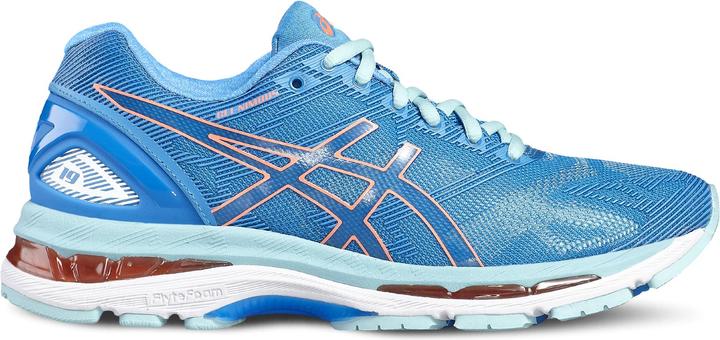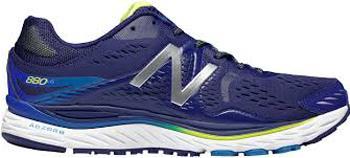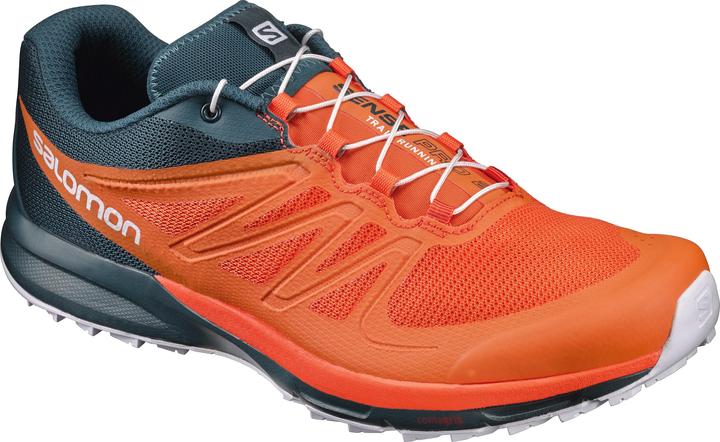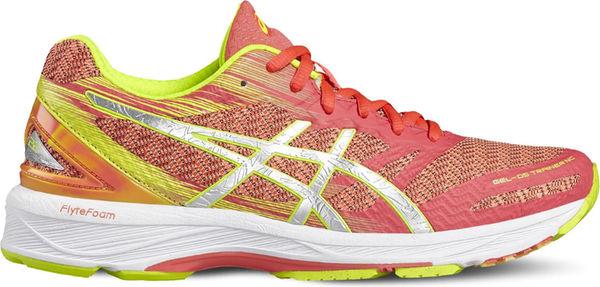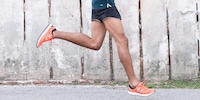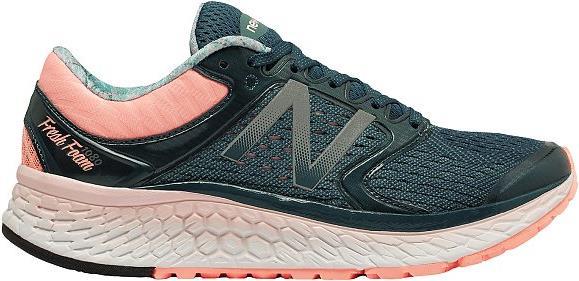
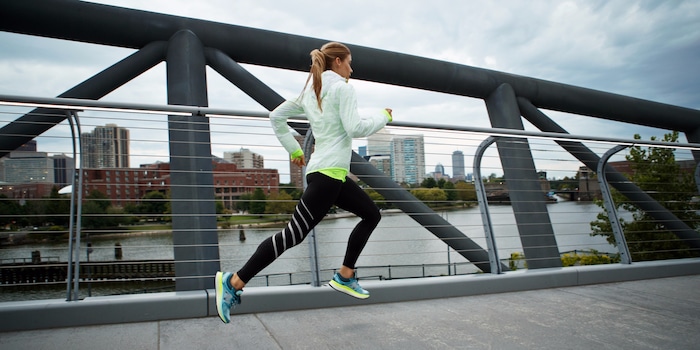
The be-all and end-all of running: the right running shoe
Running is undoubtedly one of the world's most popular sports - it trains your whole body, clears your head, can be practised anywhere, at any time and in any weather, and it doesn't take much: shirt, trousers, a pair of shoes and off you go! Footwear is undoubtedly the most important piece of equipment and must be adapted to your body to prevent injuries.
When looking for the right running shoe, you will quickly realise that the priority should not be whether the colour matches your outfit. Especially for regular training, it is important to choose a shoe that is appropriate for your body, running style and running conditions, as otherwise running can damage your knees and joints. To find out more about choosing the right running shoe, I interviewed Daniel Harder, running expert at New Balance.
Right at the beginning of our conversation, Harder emphasises that there is no such thing as the perfect or best running shoe, only the right shoe for the right foot. "That's why it's important to analyse your own body and running habits in depth." I've summarised the most important points for you here.
Step 1: Analyse the shape of your foot
The shape of your foot is the first key factor in determining the running shoe with the right cushioning and stability for your body. "A distinction is made here between a normal foot shape (1), hollow (2), flat or fallen arches (3). Many runners have a flat foot or the more extreme variant of this, the flat foot. The lowered longitudinal arch can cause misalignments and insufficient (body's own) cushioning, which can lead to various problems.

You can easily determine your foot shape with a little test: If you walk across the floor with wet feet, your footprints will give you a good indication of your foot shape.
Step 2: Static analysis
The next step is to analyse your leg axis in more detail.
Here, too, there is a small test: place your legs - without shoes - relatively close together and place one hand between your knees without touching your knee. If you now squat down and your knees move closer to your hand, i.e. your leg axis tilts inwards, you have overpronation. This is often the case for people with flat feet. If the distance increases, i.e. the knee drifts outwards, this is supination. This usually affects people with a normal or hollow foot. If the distance between your knee and hand remains unchanged, your foot-knee-hip axis is relatively stable.
Step 3: Analyse the running conditions and circumstances
Before choosing your running shoe, you should also ask yourself the following questions in a third step:
- How often do I plan to run? - This has a particular influence on the goals you set yourself when running: Are you aiming to improve your basic fitness in the long term, or do you want to train primarily to take part in a specific race?
- How long do I want to run per session? - The longer you run, the more your blood vessels stretch. According to Harder, the foot can swell significantly more during a marathon than over 10 kilometres, for example. If you want to run longer distances on average, you should therefore always buy a slightly larger shoe.
- Where will I mainly be running? - The same shoes are generally suitable for tarmac and gravel surfaces. If you would rather run on poorer paths, single trails or on snow in winter, special trail running shoes are more recommended.
Step 4: And which is the right shoe?
The "comfort shoe"
On the basis of the above analyses and considerations, you can now determine the running shoe that is right for you and your body. Daniel Harder from New Balance recommends: "You should complete 70-80% of your training in a durable "comfort shoe" that is adapted to your anatomy in terms of cushioning and stability."
For overpronators with fallen arches or flat feet, a supported shoe with sufficient cushioning is recommended. However, the degree of cushioning and stability always varies depending on the model and brand and is based on different technologies. In addition, perception is always very subjective, so it is worth testing different shoes with similar levels of cushioning and support to find out which shoe is the most comfortable and best suits your own running style.
For you

For him
For all supported running shoes
If you have supination or normal foot/ankle alignment, Harder recommends a neutral, unsupported shoe.
For you
For him
For those who mainly run off-road and on trails, a special trail running shoe is recommended.
For you
For him
The "alternative shoe"
According to Harder, the remaining 20-30% of training should be completed with a different, second running shoe. Orthopaedists and doctors also recommend this, as the body doesn't get too used to one shoe, a second shoe provides different training stimuli and the muscles are stressed differently, thus reducing the risk of injury. Your alternative shoe may be a different model, a different underlying technology or even a different shoe brand.
It is also advisable to repeatedly complete short and fast training sessions at higher intensity levels and to use so-called lightweight trainers for this.shoes with less cushioning and stability as well as lower guidance properties, such as the Vazee Prism or FF Zante from New Balance, or the Speedform Apollo from Under Armour. These running shoes are often also categorised as Speed or Race.
Zu allen Speed/Race-Runningschuhen //
All running shoes

